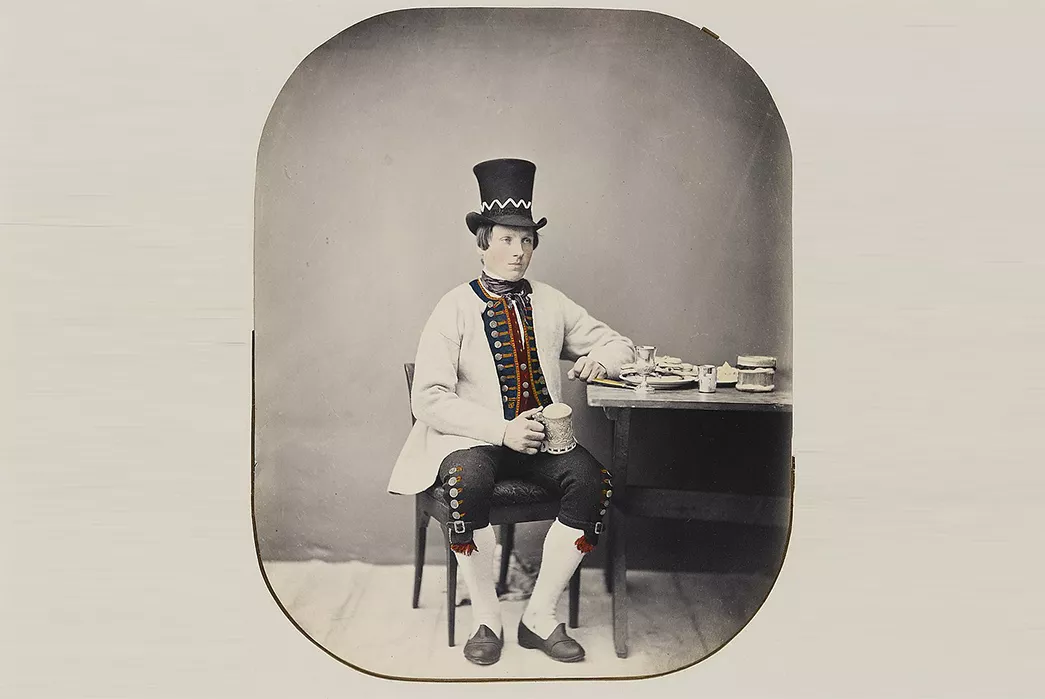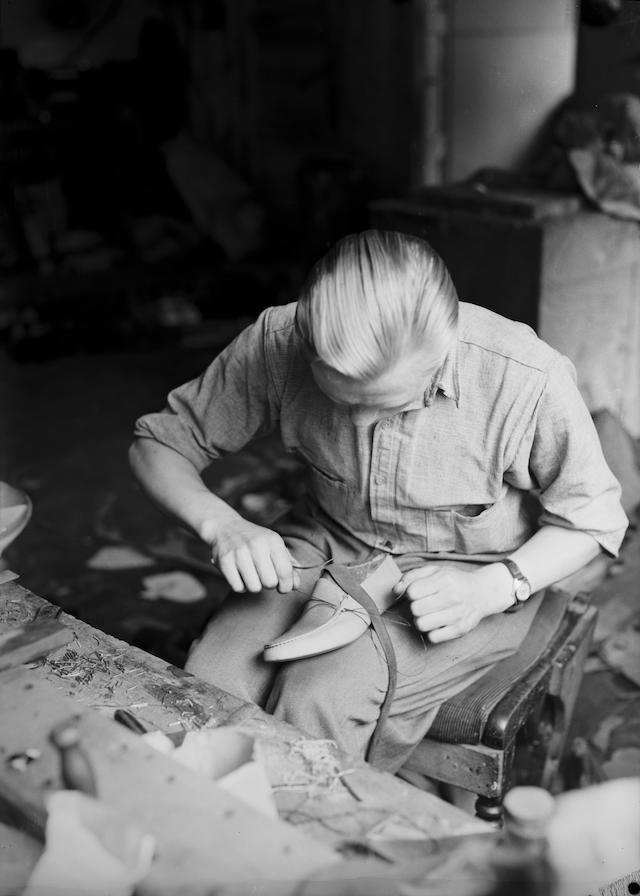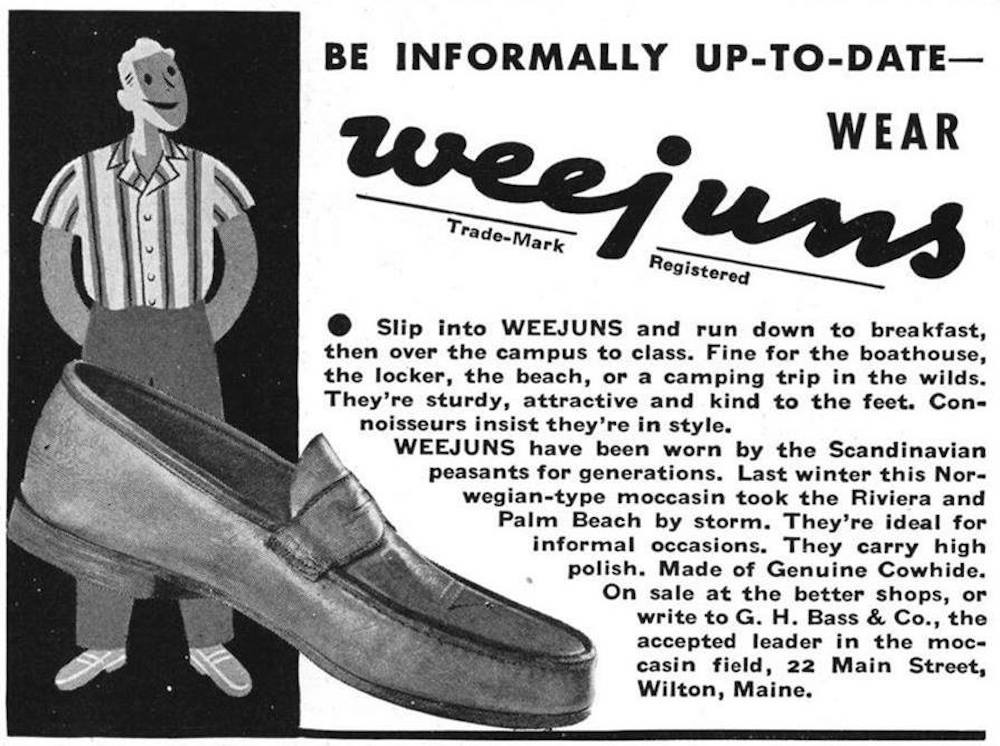Charles Etoroma charts the enduring influence of the slip-on

We often crave what we can’t have, and nothing has highlighted that fact better than the effects of the global pandemic, particularly in fashion. Post-2020 the need to make up for lost time has been at an all-time high, as the participation in the “flex economy” has reached new heights. Society has begun using any and every opportunity to stunt, which has opened the door even wider for items like men’s footwear to shine through. Despite the rise of sneaker culture, the loafer continues to stake its claim in culture due to the versatility and timelessness it provides. In order to understand why, we need to take a brief stroll down its 100-year history.
The story begins with the desire for Norwegian salmon. During the 19th century many small villages within Norway became popular destinations for fishing. As notoriety grew, the areas began attracting English sportsmen who quickly dawned new titles like “Lords of Salmon,” in their pursuit to catch the most fish. While there, they noticed the unique, yet functional leather slip-ons of local peasant villagers called tesers. These shoes were vastly different from the traditional oxford and laced boots the Englishmen were used to seeing and, after a short while, became a part of their suiting.
The slip-ons were, in many ways, the predecessor to the strapped penny loafers worn by individuals like pilgrims. Despite the small introduction to some parts of Europe, the shoes were left in relative global obscurity until the early 1930s, thanks to the ambition of Norwegian shoemaker, Nils Gregoriusson Tveranger.
Tveranger’s passion for shoemaking evolved during his seven year stint in North America, where he learned the craft and found design inspiration from moccasins worn by the Indian tribes of the Iroquois. After merging his experience, North American Indian footwear design, and the design of traditional moccasin-like shoes worn by the people of Aurland, he created the “Aurland moccasin,” later known as the “Aurland shoe.” His early iterations were patented as early as 1920.

The creation of that shoe led to demand outside of Norway and opened up visibility into the functional design in the wider regions of Europe. As the shoe gained more visibility it continued to spread across Europe. As a result, American travelers began noticing it due to its familiarity and ties back to the Iroquois moccasins.
Eventually, the then-young Esquire magazine wrote an article featuring the Aurland shoe coupled with imagery of Norwegian farmers wearing them in cattling sheds, which helped spearhead popularity in America. The shoe would claim an even larger stake in notoriety in the mid-1930s. The story does get a bit murky at this point but it is said that Esquire partnered with the prestigious New York store, Rogers, Pete & Co to begin promoting and selling the Norwegian shoe, but they needed their own US manufacturer to amplify the selling point.
G.H. Bass would later be contacted by both Esquire and Rogers, Pete & Co to produce a new version of the “loafer,” called the “Weejun.” The Weejun, shortened from Norwegian, featured a strip of leather stitched across the saddle of the shoe and a crescent moon design. It also touted a more American appeal due to G.H. Bass’ location, Maine. The first Weejun ad appeared in The New York Herald Tribune on May 27, 1936 and sold in the Roger, Pete’s & Co store. The ad went on to explain that the Weejun was, “Originally made and worn by Norwegian peasants, and now worn as sports shoes by some of the best dressed men in America.”
Over the next few years Esquire would help craft the narrative around the shoe that would make it a cultural icon. In an essay they are quoted as saying, “Its importance was immediately attested by the importance of the feet it covered: those of prominent society people, wealthy men, sportsmen with reputations for good dress.”

As the footwear of choice by some of America’s elite for its quality and craftsmanship, coupled with the added punch-line of “Made in America,” the Weejun would eventually make their way to the Ivy League schools. Legend has it that youth culture gravitated towards the style for its durability, relative affordability, and prep-style versatility. Shoes would reportedly often be worn past their natural lifespan, in which case, duct tape would be needed to keep them together.
While initially worn with socks and more formally by older audiences, the younger community elected to dress them down by wearing them without socks or with pyjamas (all in efforts to make it to class on time, or at all). The collegiate level’s most notable contribution to the history of the loafer is the coining of the term, “penny” loafer. Pennies were often inserted into the cutout on the instep of the shoe, and despite all the theories (one posits they were making emergency phone calls), no one fully knows why the trend started.
On the opposite end of that spectrum came the tassel loafer, originating in London and worn by college graduates and sophisticates in the 1950s. During this booming time for the tasseled loafer, it became synonymous with lawyers and scholars, further cementing it as a respectable menswear item. With the success of the Weejun displayed and a new taste level emerging, the door opened up for one ambitious Italian family to add a new touch. They opened up their first New York office in 1953, and named it Gucci.
The Gucci loafer touted more Italian flair and attention to detail, namely the choice to make them all black. Brown at the time was seen as too casual and the simple colour choice elevated not only the product, but the brand name. For those that could afford the shoes, it became a symbol of privilege that attracted both the college graduates used to the loafer style and the sophisticated man looking to show off his wealth.
The first half of the 20th century built the foundation and cultural credibility the loafer category now rests on. Notable individuals from all walks of life have made the loafer a part of their closets. In the late 90s through to the 2000s, many new interpretations have been created as a result of the original loafer success. Given the historic relevance, it’s safe to say the loafer isn’t going anywhere anytime soon, and as the rise of comfort continues to ascend, the durability and versatility that style aficionados revere will always be a selling point.
Streetwear – the darling of the fashion world right now – in many ways has adopted the loafer into the fold versus pitting it against the footwear of choice for many, the sneaker. Only time will tell how the next generation will redefine the loafer to make it their own and further cement it as a grail for all who care about fashion. Until then, we’ll enjoy their place in history, and our closets.




